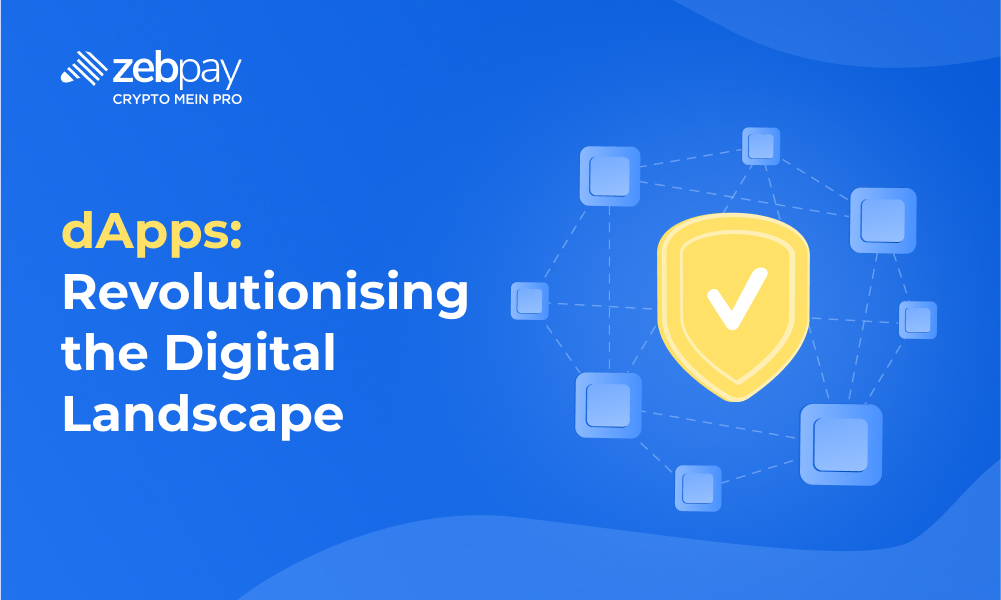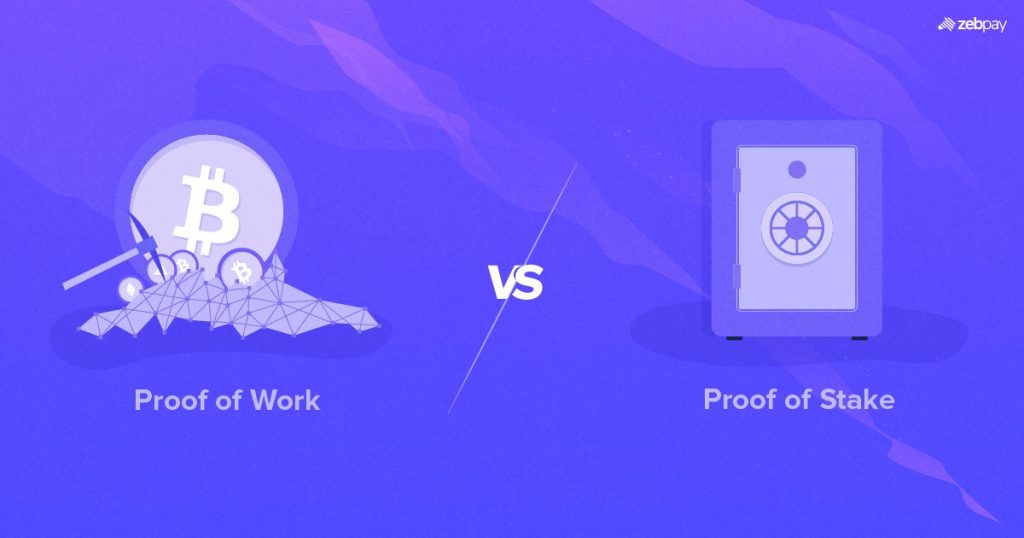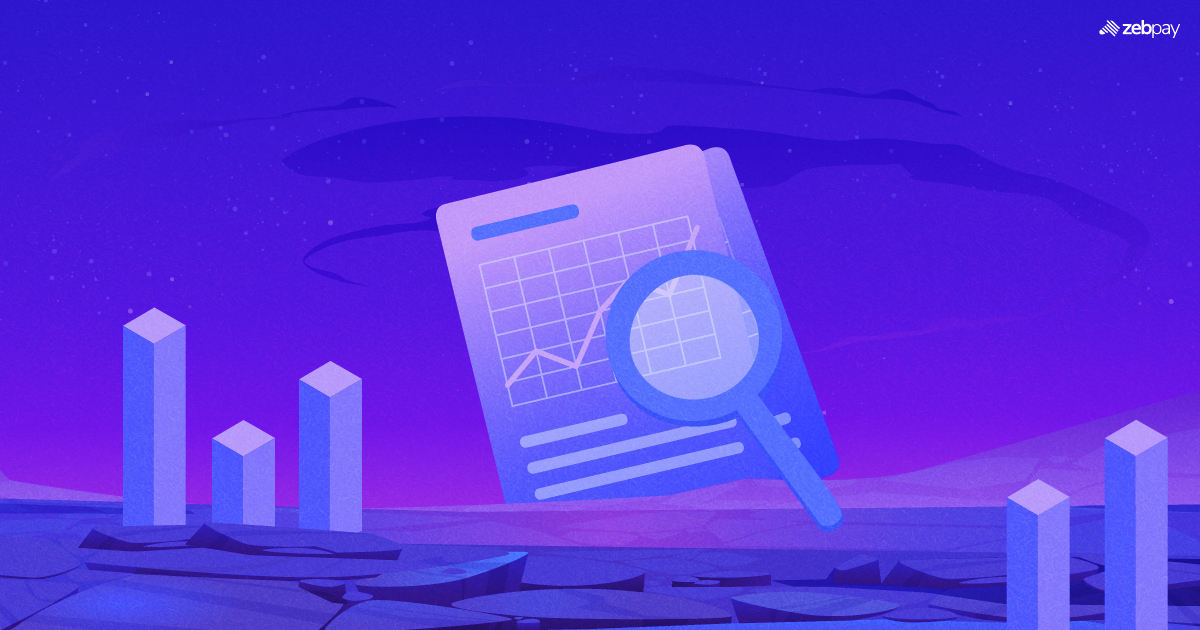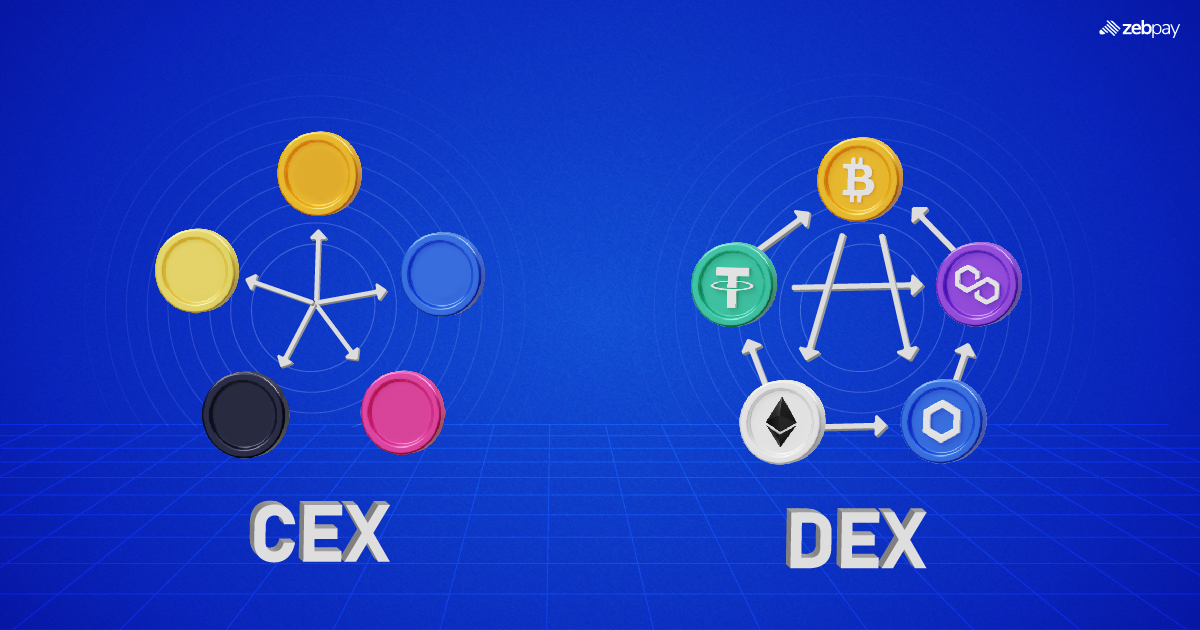In the rapidly evolving world of technology, decentralised applications (dApps) have emerged as a game-changing innovation, transforming how we interact with digital platforms. dApps leverage the power of blockchain technology to create secure, transparent, and decentralised applications, offering a compelling alternative to traditional centralised apps.
What are dApps?
dApps are software programs that operate on a decentralised network, typically, built on blockchain technology. Unlike traditional applications that rely on centralised servers, dApps are powered by a distributed network, ensuring that no single entity controls the application.
dApps are designed to operate, autonomously, using smart contracts to execute predetermined rules and conditions. These self-executing contracts eliminate the need for intermediaries, enabling direct peer-to-peer interactions and transactions.
Key Characteristics of dApps
Decentralisation: dApps are built on decentralised networks, ensuring no single point of failure exists and no central authority controls the application.
Open-Source: The majority of dApps are open-source, allowing for transparency and community collaboration in their development.
Incentivisation: Many dApps incorporate token-based incentive systems to encourage user participation and contribution to the network.
Immutability: Data and transactions recorded on the blockchain, underlying dApps, are immutable, ensuring the integrity and security of the application.
Purposes and Applications of dApps
dApps have a wide range of applications, across various industries, changing the way we approach digital services and interactions. Here are some of the key purposes and use cases of dApps:
Decentralised Finance (DeFi): dApps are at the forefront of the DeFi movement, providing decentralised financial services such as lending, borrowing, and trading without the need for traditional financial institutions.
Read more about: DeFi
Gaming: dApps are transforming the gaming industry by introducing blockchain-based games that offer true ownership of in-game assets, verifiable scarcity, and provable fairness.
Social Media: dApps are disrupting the social media landscape by offering decentralised alternatives that prioritise user privacy, data ownership, and censorship resistance.
Supply-Chain Management: dApps are enhancing transparency, traceability, and efficiency in supply-chain management by leveraging blockchain technology to track the movement of goods and ensure authenticity.
Identity Management: dApps are providing decentralised identity solutions that give users control over their data and reduce the risk of identity theft.
Prediction Markets: dApps are enabling the creation of decentralised prediction markets where users can bet on the outcome of future events, leveraging the wisdom of the crowd.
Challenges and Limitations
While dApps offer numerous benefits, they also face some challenges and limitations:
Scalability: Achieving high transaction throughput and low latency remains a challenge for many blockchain networks, which can limit the scalability of dApps.
Regulatory Uncertainty: The regulatory landscape surrounding dApps and crypto assets is still evolving, creating uncertainty for developers and users.
User Experience: Onboarding users to dApps can be more complex, compared to traditional apps, requiring users to manage private keys and interact with blockchain networks.
The Future of dApps
As blockchain technology continues to advance and adoption grows, the potential for dApps to disrupt various industries is immense. We can expect to see more innovative dApps emerge in the coming years, addressing real-world problems and providing decentralised solutions that prioritise user privacy, security, and autonomy.
The success of dApps will depend on their ability to overcome current challenges, such as scalability and user experience while navigating the evolving regulatory landscape. As the ecosystem matures, we may see increased collaborations between traditional industries and the dApp ecosystem, leading to the creation of hybrid solutions that leverage the strengths of both centralised and decentralised approaches.
Conclusion
dApps represent a paradigm shift in the way we develop and interact with digital applications. By harnessing the power of blockchain technology, dApps offer a decentralised alternative to traditional centralised apps, providing users with greater control, security, and transparency.
As the dApp ecosystem continues to grow and evolve, we can expect to see more innovative use cases emerge across various industries. The future of dApps is bright, and it holds the potential to revolutionise the way we live, work, and interact in the digital age.
In the grand scheme of things, ZebPay blogs is here to provide you with crypto wisdom. Click on the button below and discover endless features on ZebPay!







